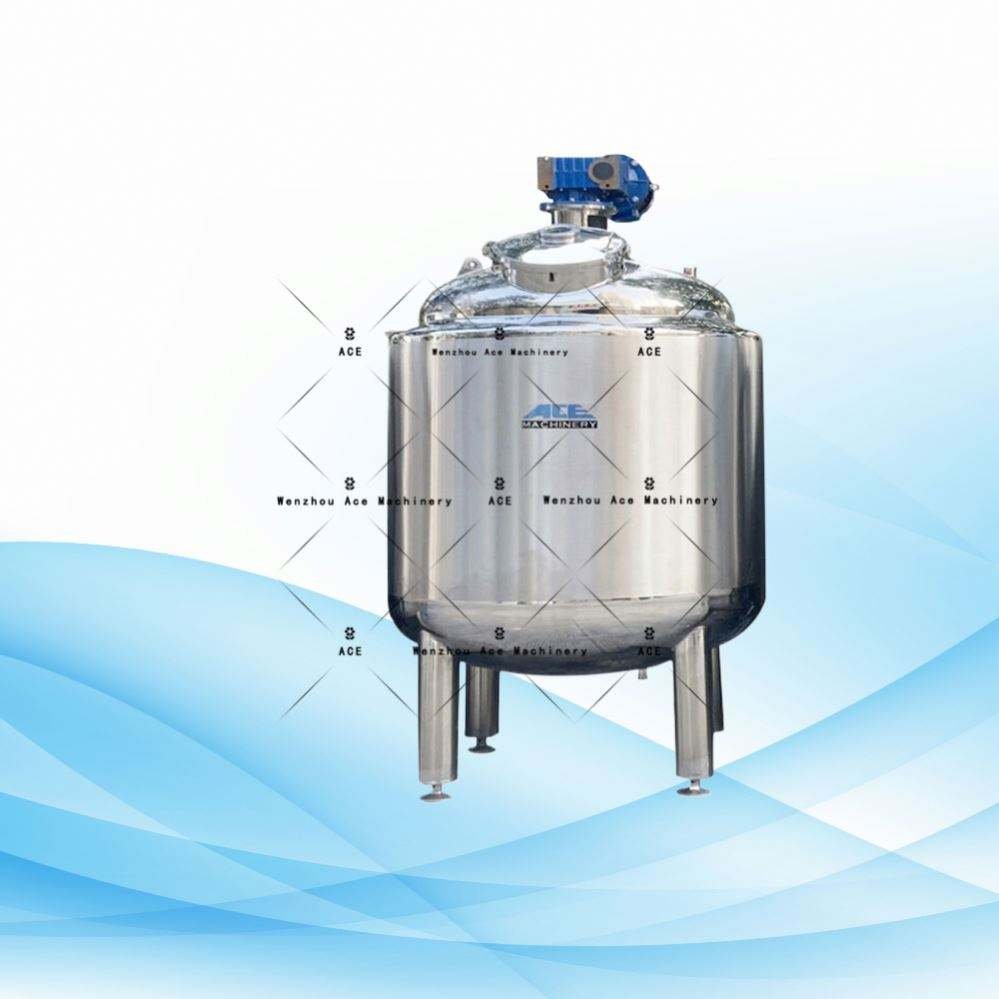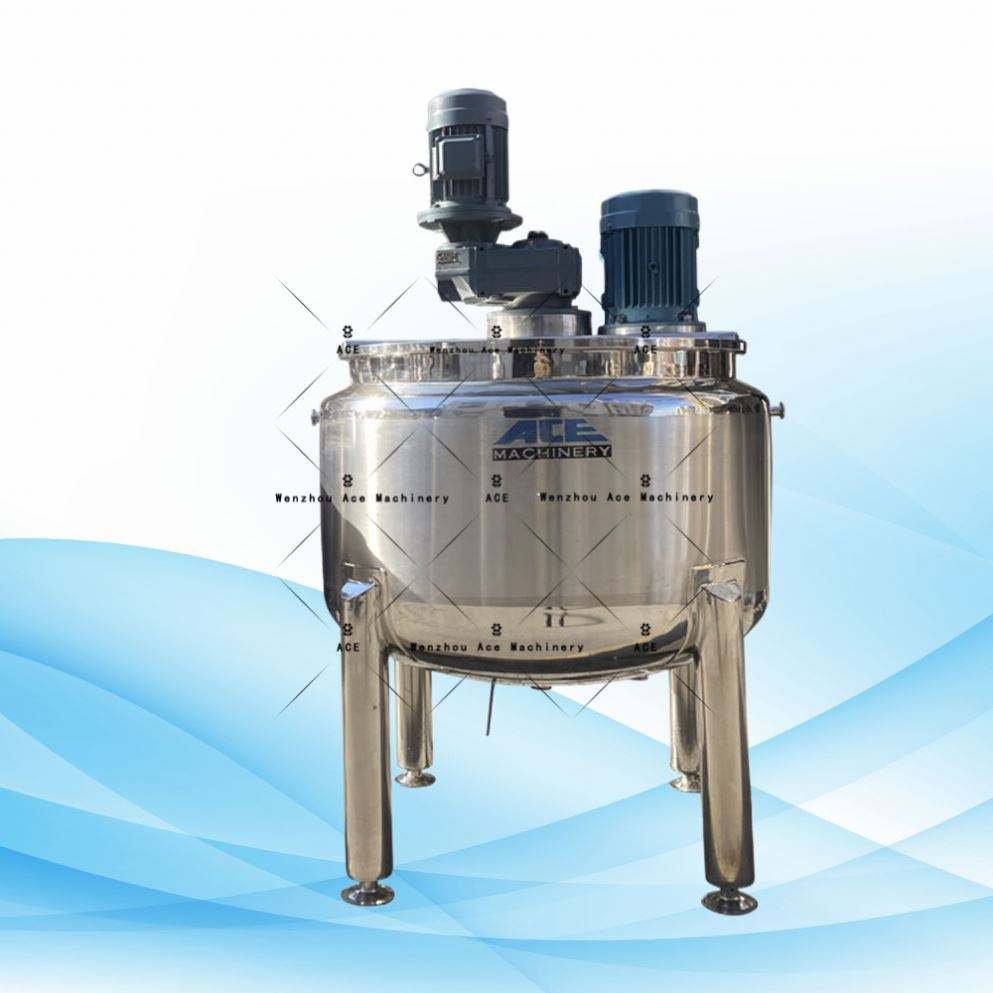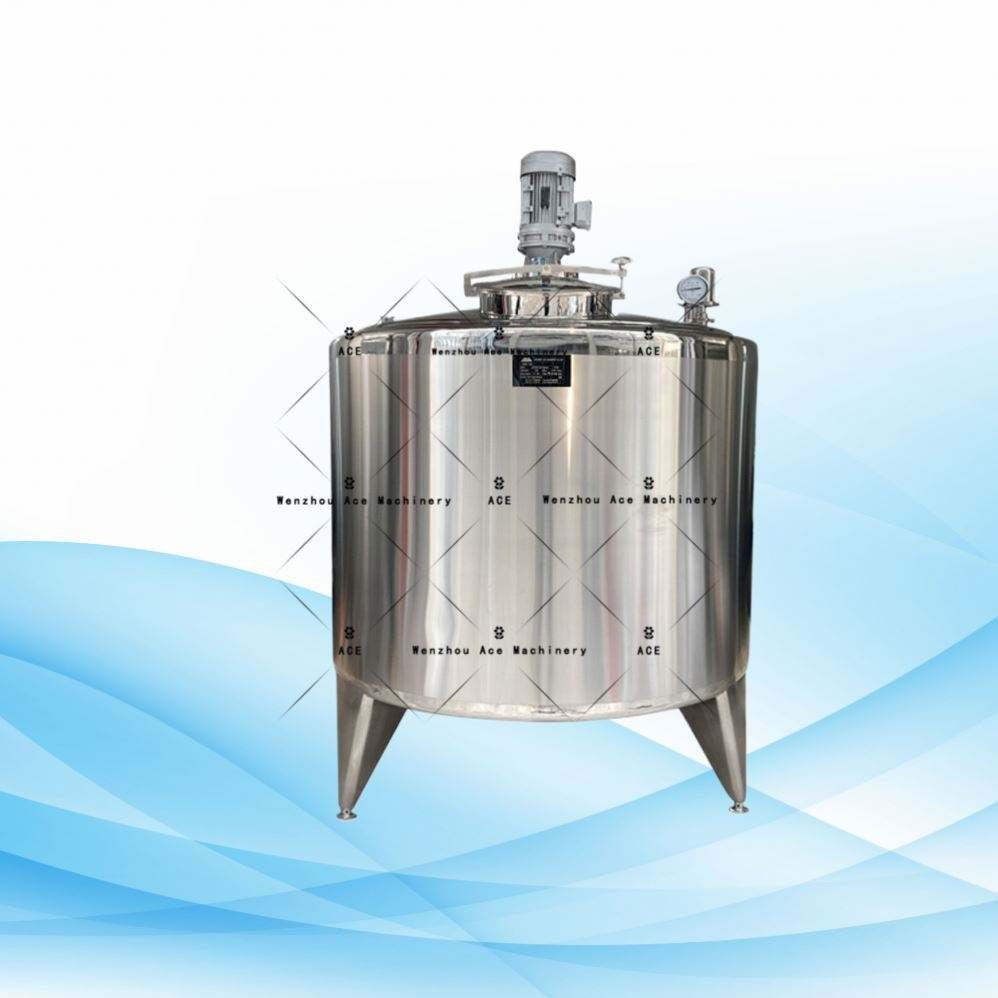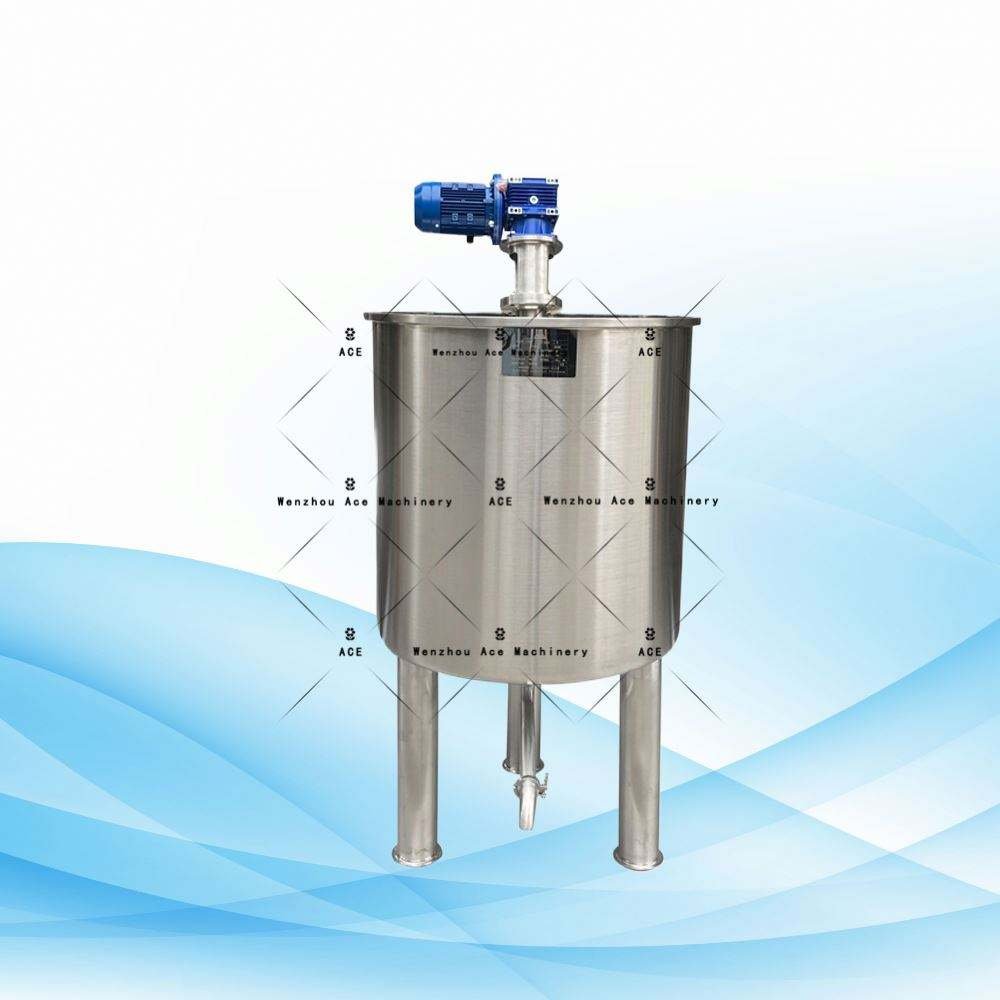Every day, we rely on various products like deodorants, polishes, air fresheners, and paints—all conveniently packed in aerosol cans. This is possible because of a process called spray can filling. Generally, aerosol dispensers come in two types: misters and cans. In the past, aerosol packaging often used chlorofluorocarbons (CFCs), which were harmful to our ozone layer.
But after CFCs were banned, manufacturers turned to alternatives that don’t harm the ozone. Propane and butane became popular choices for propellants. However, even though they are less damaging to the ozone, they aren’t perfect. They’re flammable and pose inhalation risks.
In this discussion, we’ll delve into different stages of an aerosol product’s lifecycle, including production, packaging, and its benefits.
Understanding Aerosols
An aerosol is a cloud of gas or liquid that emerges from an aerosol can. It’s made up of tiny solid particles suspended in gas, creating a mist. Think of the steam from a kettle—it’s essentially an aerosol, with water droplets scattered throughout a big volume of air.
Both smoke and hot air are aerosols, but smoke also has bits of unburned carbon. Another example is the hazy mist above a candle’s flame, formed from water vapor and unburned carbon, spread throughout the air we breathe.
The Cool Effect of Aerosols
Ever notice how spraying an aerosol makes you feel a sudden chill? That’s because these sprays evaporate quickly. Take deodorants and perfume misters, for instance—they start evaporating the moment you press the nozzle.
As the liquid in the aerosol breaks down into gas, it takes energy from the surrounding environment, cooling it down. This rapid evaporation feels cold on your skin. Essentially, your body provides the energy needed to turn the liquid spray into gas, which naturally cools the can’s surface when the pressure is reduced by spraying.
Crafting Aerosol Spray Cans
Creating aerosol spray cans involves several design strategies. The metals used can safely contain gases and liquids under pressure. Manufacturers often coat thin steel sheets to prevent corrosion and reactions during the filling process.
Experts produce tinplate by coating metal with tin and then electroplating it, forming a cylinder and welding the ends to seal it. While that’s still a method used, many manufacturers now opt for plastic liners to be more eco-friendly. Polymers, cheaper and recyclable, are fashioned by pressing aluminum through a die for shape, and labeled using offset printing techniques.
Glass aerosol cans are available, too. While they resist corrosion and react minimally with fillings, they unfortunately shatter under pressure or impact.
Mechanics of Aerosol Cans
Attempting to pressurize a liquid in an aerosol can (like paint) is tricky, but gas pressurization is straightforward. These cans house two components: the product you want to spray and the propellant pushing it out.
Before using an aerosol can, shake it well to mix the propellant with the liquid inside. Even compressed, gaseous propellants stay liquid past their boiling points. Manufacturers fill and seal the can while the propellant is still liquid, ensuring it remains so under high pressure.
The Aerosol Mist
Aerosol cans transform their contents into a fine mist through a specific mechanism. When you push the button, the manufacturer’s pump compresses the contents, evenly distributing them. The pressure inside the can is higher than the surrounding air, so it escapes when the button is pressed, creating a gaseous layer that drives the propellant and liquid to the nozzle.
As the liquid shoots past the nozzle, it becomes a mist. Some cans use ball bearings to mix the contents thoroughly. The system in place determines the consistency of the released product, considering factors like propellant pressure and chemical composition.
Exploring Spray Can Filling and Packaging
Aerosol Spray Creation
Trusted companies adhere to regulations and recommended environmental standards when manufacturing aerosol sprays. Ensuring high product quality is vital. Most manufacturers follow specific procedures during spray can filling:
Collecting Essential Materials
Producers count on reliable suppliers for quality raw materials. This results in products that deliver practical benefits. The top aerosol spray producers also offer a comprehensive list of raw ingredients meeting all necessary standards, whether in the food industry or beyond.
Product Development
After gathering supplies, product development begins. Professional aerosol manufacturers excel at creating innovative products that keep up with consumer needs and industry trends.
Production Process
The production of aerosol sprays meets specific criteria. Manufacturers follow a quality guide to verify steps like soaking, applying pressures, producing, and measuring dimensions.
Spray Can Filling with an Aerosol Filling Machine
Final Product Quality Inspection
Post-production, quality control is pivotal. Inspectors check final products, ensuring they meet standards in yield, traceability, security, and more. Any defects lead to product rejection; manufacturers log issues and address them according to internal processes.
Aerosol Packaging
Many brands in culinary, cosmetic, cleaning, and pharmaceutical sectors choose aerosol cans for packaging. Certain products suit aerosol packaging best. Aerosol cans are prevalent in homes, yards, and elsewhere, storing common items like deodorants, hairspray, fragrances, and more.
Today, aerosol products are free from ozone-damaging chemicals. Manufacturers use eco-friendlier propellants like hydrocarbons and nitrous oxide. Although affordable, they contribute to hydrocarbons in ground-level ozone.
Aerosol spray cans are recyclable, often comprising at least 25% recycled content. The environmental advantage of aerosols is notable. Aerosol packaging automatically reveals tampering, adding security. Perfect for many uses!
Perks of Aerosol Packaging
Aerosol packaging has numerous perks. Here are key reasons to consider using it:
- User Control: Aerosol cans offer precision, minimizing waste and optimizing product use.
- Hygiene: No need to touch the can to access contents. It’s safe for sharing personal items and limiting contamination.
- Simple to Use: Just aim and press a button—single-finger ease!
- Safety: Hermetically sealed aerosol sprays prevent leaks and exploitation.
- Convenience: It’s spill-proof, keeps refills fresh, and prevents mixing with applicators.
- Cost-Effective: Cans prevent evaporation, ensure product integrity, and prolong shelf life.
- Versatile: Aerosol packaging suits pesticides, shave creams, inhalers—limitless options!
- Eco-Friendly: Aerosol cans often comprise recyclable aluminum.
Choosing Optimal Aerosol Containers
When selecting containers, manufacturers need to consider product details, sizes, colors, and finishes. Standard aerosol cans range from 70-265 mm in height and 35-76 mm in diameter, with a typical one-inch opening.
After identifying appropriate dimensions and colors, plan can design to fit your brand. Finish options include soft-touch, high-gloss, or brushed aluminum.
Don’t forget Prop 65 and BPA rules, especially if you are producing food-related aerosols. For instance, BPA-free liners are compulsory.
Pressure requirements in aerosol cans, specified by manufacturers, ensure accurate product dispensing.
Bag-On-Valve Aerosol Packaging
Every aerosol can relies on a valve for controlled spray release. This valve is under the button you press and is backed by a spring.
When pressed, the valve opens, and internal pressure drops, so the aerosol exits. Then, the valve closes once the button is released.
Modern cans use a BOV system. It keeps the aerosol filling and propellant separate, maintaining product purity. Though BOV-supported cans look similar to regular aluminum cans, their function differs. When the valve is activated, nitrogen enters the space between can and bag, preventing mixing.
BOV systems are suitable for various products, offering unique advantages:
- Propellant and product are completely separated within the can.
- A solid barrier to resist oxidation.
- Non-flammable propellants reduce fire hazards.






